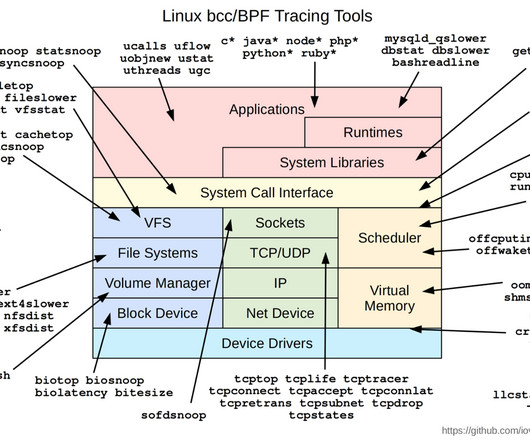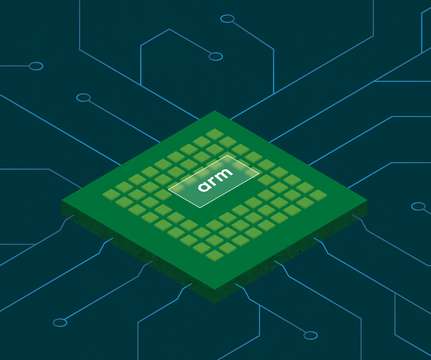Divide and Conquer with Microservices
UruIT
JANUARY 30, 2019
How microservices are changing the way we make applications. Building applications based on microservices does not guarantee that the application will be a success (there’s no architecture nor methodology that guarantee that either), however it’s an approach that will teach you to manage your logical resources, components or modules.























Let's personalize your content